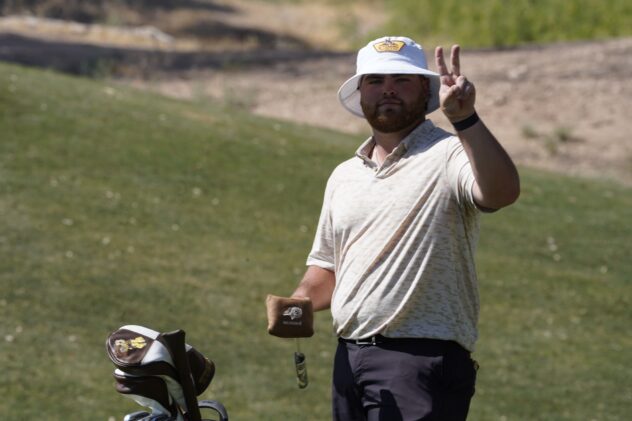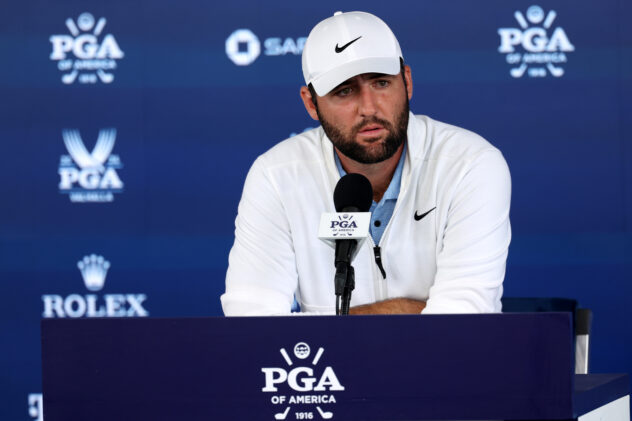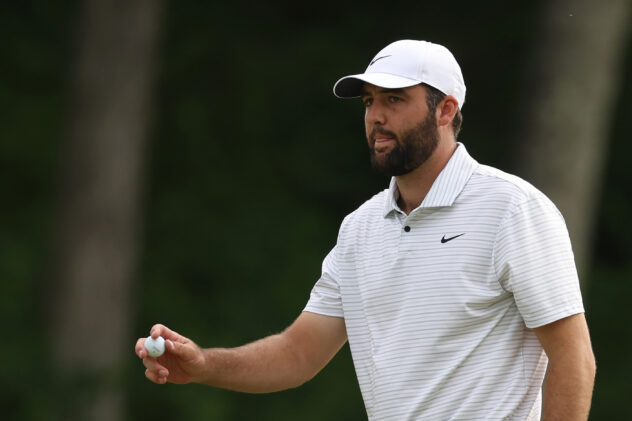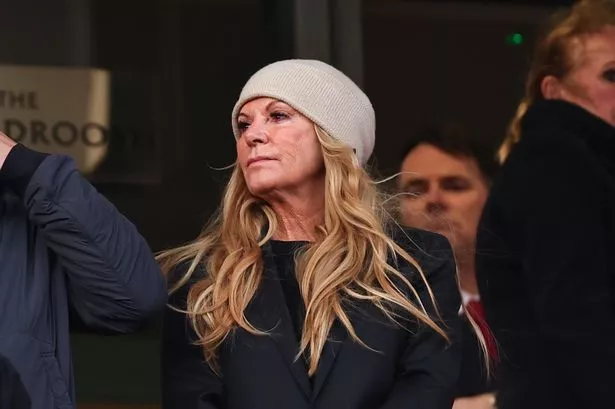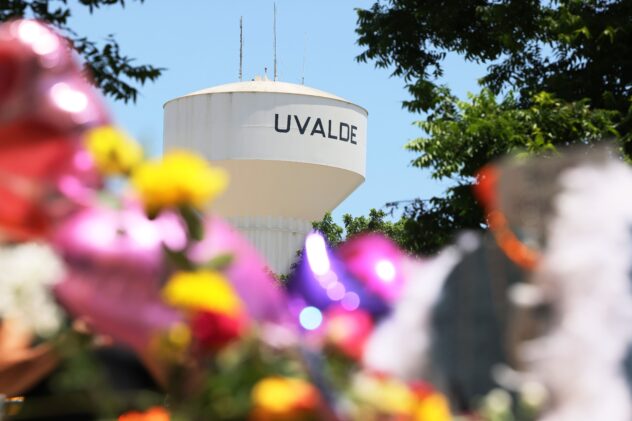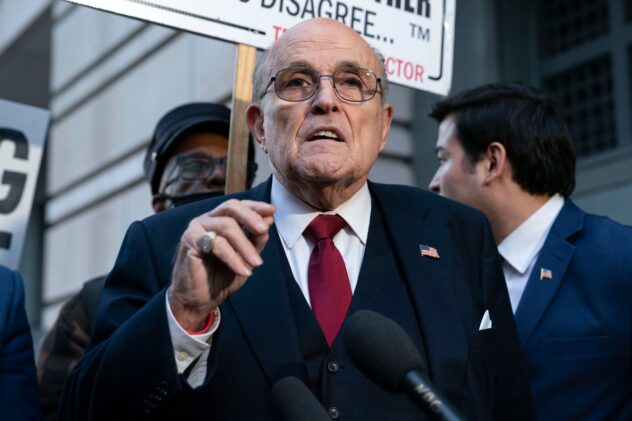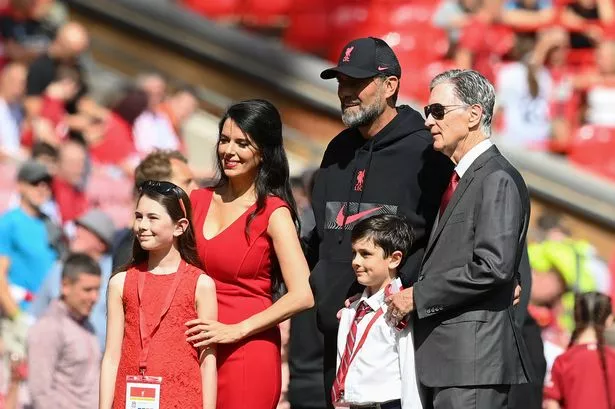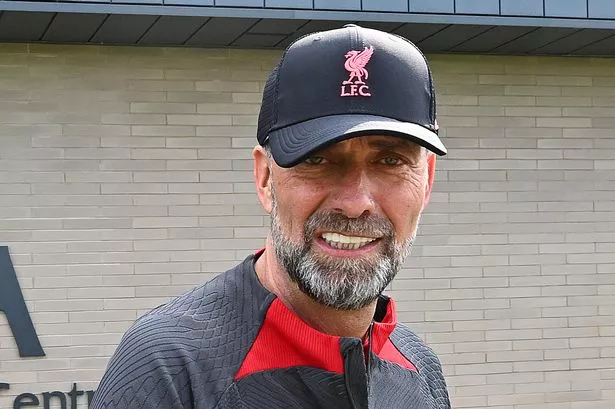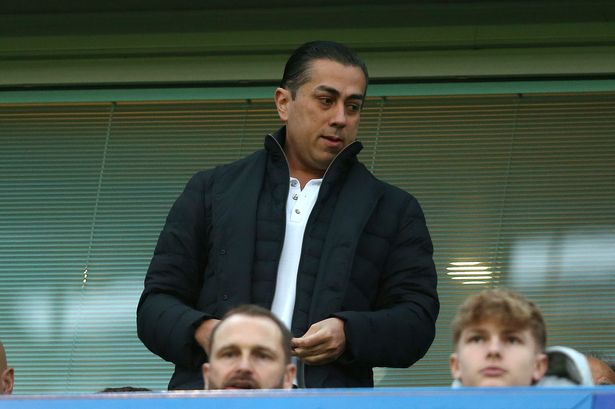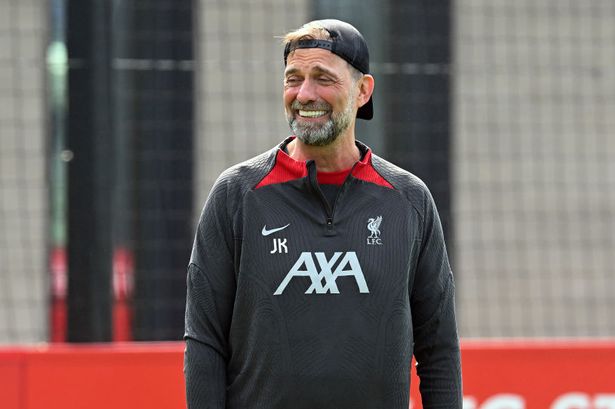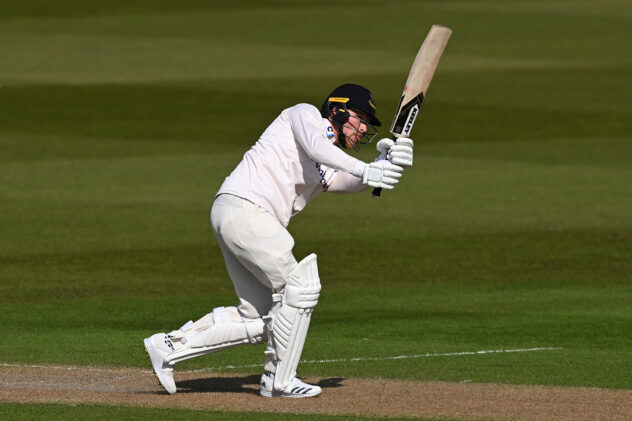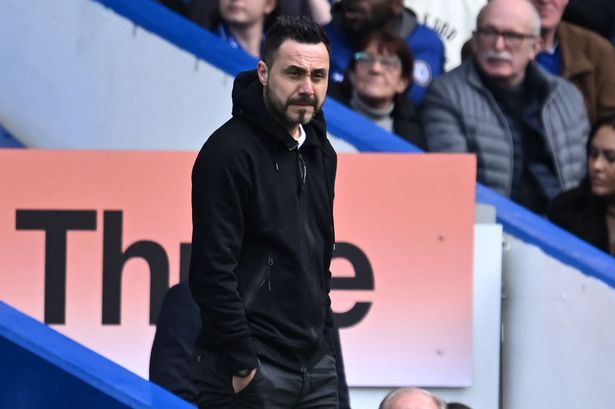‘Who saw that coming?’: Ryder Cup host Whistling Straits paved way for Wisconsin to become Midwest golf capital

HAVEN, Wis. – Sunrise over Whistling Straits is a spectacle, as the sun doesn’t just take a peek at hills, sand and 560 acres of golf. No, it quickly washes the silverish skin of Lake Michigan in yellow and orange and rises wide eyed over the creation of Herbert V. Kohler Jr. and architect Pete Dye like it’s rushing to the first tee.
In the light, it feels like it can be oceanside anywhere in the world. On paper, its résumé matches the vistas.
But what the 23-year-old course represents is far more meaningful than its biography.
Before the opening of Whistling Straits, the last men’s major championship played in Wisconsin was the 1933 PGA Championship at Blue Mound Golf & Country Club. The money, commitment and vision of Kohler Jr. and Dye not only made Whistling Straits one of the most sought-after hosts of major golf, it effectively turned Wisconsin into the Midwest capital of the game.
Herb Kohler Jr.’s courses put ‘Wisconsin golf on the map’
In hindsight, it seems only appropriate Whistling Straits opened during play of a major championship.
As Se Ri Pak and Jenny Chuasiriporn went head-to-head in a Monday playoff for the 1998 U.S. Women’s Open title about 11 miles south at Blackwolf Run — Kohler Jr. and Dye’s first course for the Kohler Co. — the Straits opened.
And from the moment the tee was plunged into the turf — which was grown upon tons of clay and around 13,000 truckloads of sand — the PGA of America and the United States Golf Association were vying to lead off.
Though Kohler Jr. dreamed of a U.S. Open, the PGA of America gave him some Godfather offers rather quickly. First, they sent the 1999 PGA Club Professional Championship and yanked the 2004 PGA Championship from Valhalla Golf Club.
Ryder Cup: Scores | Updates | Yardage book | How to watch
“Once somebody on staff visited the property and saw what was there, it was kind of a no-brainer at that point,” said Will Mann, the president of the PGA in 1999-2000. “Herb Kohler didn’t avoid any expenses. He went all out. And he had one of the greatest golf architects ever to do the design. When you put that combination together with that piece of property on Lake Michigan — and the dedication Herb Kohler had and has — to make that kind of a venue. It was real easy to make the decision to go there.”
After those successes, the PGA of America offered him that major again in 2010 and 2015 and the Ryder Cup in 2020.
It was, indeed, an offer Kohler Jr. could not refuse.
“Although Herb wanted the U.S. Open very badly, I think money speaks,” said former Journal Sentinel golf writer Gary D’Amato, who has covered the entire history of the course. “Those three championships, especially the Ryder Cup, I think he pretty much had to take that deal.”
The USGA did get a championship on the course, too, in the 2007 U.S. Senior Open.
In short order, Whistling Straits became a beacon for championship golf in Wisconsin. Others were about to heed the call.
“It’s just one of those iconic places here in our state thanks to Herb (Kohler) and his family. It started right here for Wisconsin golf to be quite honest,” said U.S. Ryder Cup captain and Edgerton native Steve Stricker. “I mean, when Herb built these courses along with Blackwolf Run, it kind of put Wisconsin golf on the map. Other people and other courses have followed behind but we owe a lot to Herb and his family for being able to have a Ryder Cup here in Wisconsin. Really a dream thing for Wisconsinites and people that are involved here. So thanks, Herb, and to your family.”
Whistling Straits set the stage for major championship golf in state
If history has proven anything, it is that if something can be done once, there will be others who believe they can achieve the same thing. And while each individual path and motivation is different, it’s impossible not to see the impact the opening of Whistling Straits had in making Wisconsin a golf destination.
“I mean, who saw that coming?” said former Milwaukee Journal staff writer and longtime Sports Illustrated golf writer Gary Van Sickle. “Who thought that could possibly happen?
“Whistling Straits was really the first thing and you needed a fabulously wealthy guy like Herb Kohler to get it going.”
Without the relatively quick success Kohler Jr. had with his courses, would Bob Lang have thought he could build a public course that could host a U.S. Open on the glacial contours of the Kettle Moraine in 2000? Maybe Erin Hills would have been built, maybe not. But the blueprint had already been set.
“That’s kind of a miracle in and of itself, that you’ve got two sites for majors and they’ve both been built in what, the last 20 years?” Van Sickle said. “Who would do that? Who would build a major championship course in Wisconsin where the golf season, if you’re lucky, is May to October. It’s crazy.”
Would Sentry Insurance have decided in 2012 to close SentryWorld for two years of massive renovations to re-establish it as one of the state’s premier stops? Maybe, maybe not.
Would Mike Keiser have taken the leap to buy hundreds of acres of sand dunes in the Town of Rome and start the process of creating Sand Valley in 2013? Maybe, maybe not.
There is now, truly, a destination golf rota in the state.
“No way would I have thought that’d be possible,” said D’Amato, who now covers golf for Wisconsin.golf. “Twenty years ago, no way would I say golf was going to be what it is today in our state.”
Ryder Cup will ‘elevate’ course even more
And the 43rd installment of the Ryder Cup this week only shines a brighter light.
“I do think Whistling Straits and Herb Kohler have put this part of Wisconsin on the map with golf throughout Europe,” European Ryder Cup captain Pádraig Harrington said. “I’m sure the PGA (championships) did that but the Ryder Cup will probably elevate it to a new level. It’s amazing what one individual, what one family can do for an area and it is very impressive and I think we’re thankful of Herb being here and I’m sure everybody in the area, the economy has gained so much from it, so it is important to have people like that backing their hometown.”
Some luck was needed, too.
Down in the Chicago area, the USGA was soured on hosting the U.S. Open after being handed a nearly seven-figure bill for security that it did not expect following the 2003 championship at Olympia Fields Country Club. Then, the PGA of America’s long run with Medinah Country Club ended with the 2012 Ryder Cup. Other courses had an agreement with the PGA Tour.
While Wisconsin was hitting the gas on major golf, Illinois was stalling out.
Though Whistling Straits had its partnership with the PGA of America, the USGA had seen how well the state supported major tournament golf — as well as what could happen if they wait. So, they awarded the 2017 U.S. Open to Erin Hills in 2010, just four years after the course opened. The course also will host the 2025 U.S. Women’s Open.
SentryWorld reopened in 2015 and in February it was awarded the 2023 U.S Senior Open.
After that, Wisconsin may have to wait a bit for another men’s major.
The first available U.S. Open year is 2028, with the next opening coming in 2031. The first available PGA Championship year is 2030, followed by 2032. Tournaments well beyond that have been promised to courses, though there are more open slots heading through the 2030s and into the 2040s.
While this Ryder Cup completes that original deal with the PGA of America, there is no question more is coming for Whistling Straits. And, perhaps for Kohler Co. and its golf portfolio. Maybe a U.S. Open does find its way along the bluffs of Lake Michigan if a fifth course is completed. After all, it’s been done before.
“It’s something that I personally thought would never happen in my lifetime was to have a golf event of this magnitude, the biggest golf event in the world held here in Wisconsin here at Herb’s place,” Stricker said. “It’s really cool. Wisconsin has become a golf destination and it’s hard to believe that because we were in snow five or six months out of the year.”
A lasting legacy
Seventy-one years.
That was the major championship drought in Wisconsin from when Gene Sarazen hoisted the Wanamaker Trophy at Blue Mound Golf & Country Club to when Vijay Singh did the same at Whistling Straits. But in the short span since that 2004 PGA Championship, Martin Kaymer, Jason Day and Brooks Koepka have etched their names in golf history in Wisconsin. So has Brad Bryant at the 2007 U.S. Senior Open. So has Na Yeon Choi, who won the 2012 U.S. Women’s Open at Blackwolf Run.
So will the winners of this Ryder Cup.
And it goes on. So will the winners of the 2023 U.S. Senior Open and 2025 U.S. Women’s Open.
But perhaps the most important part of the Kohler Co. and Whistling Straits legacy is that each of the new (or renovated) facilities can be played by the public. And though the Sunday evening sun will set on the Ryder Cup, golfers from around the world can place their tee in the turf and lead off in their own golf adventure.


